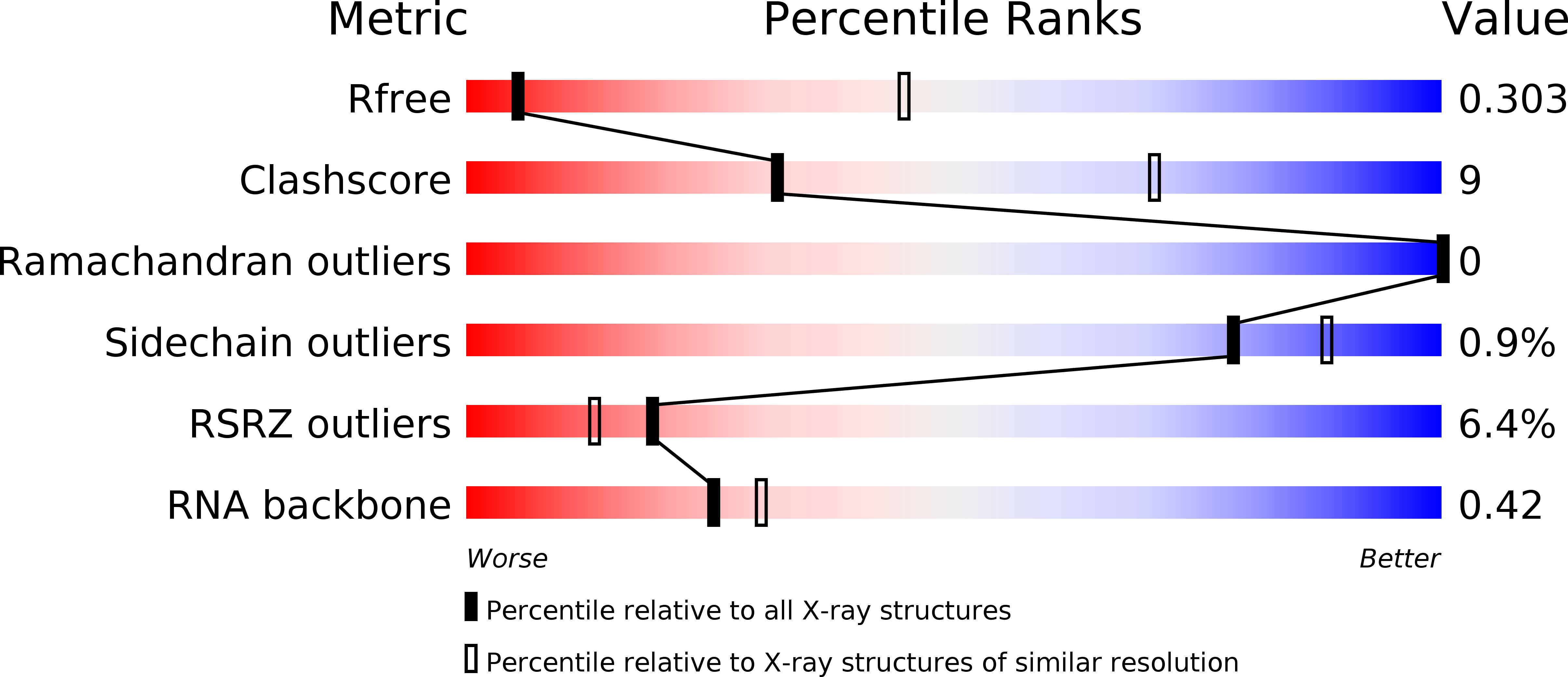
Deposition Date
2018-06-21
Release Date
2018-09-05
Last Version Date
2024-03-13
Entry Detail
Biological Source:
Source Organism:
Escherichia coli M718 (Taxon ID: 656419)
Escherichia coli M605 (Taxon ID: 656417)
synthetic construct (Taxon ID: 32630)
Escherichia coli M605 (Taxon ID: 656417)
synthetic construct (Taxon ID: 32630)
Host Organism:
Method Details:
Experimental Method:
Resolution:
3.70 Å
R-Value Free:
0.30
R-Value Work:
0.28
R-Value Observed:
0.28
Space Group:
P 1


